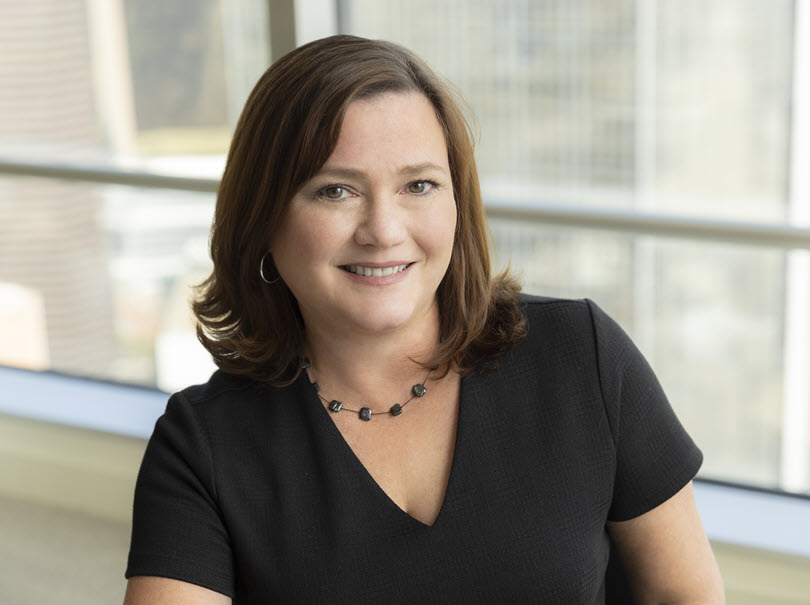By: Laura Hebert
Established as part of the 2017 Tax Cuts and Jobs Act, the qualified opportunity zone (QOZ) program incentivizes investment in low-income areas by allowing investors to defer or even exclude capital gains invested in qualified opportunity funds (QOFs). Unlike Section 1031 like-kind exchanges, which are now limited to use only for capital gains from the sale of real property, QOFs can be used to shield any type of capital gains, as long as the gains result from a sale to or exchange with an unrelated party. To take advantage of the tax savings potential of QOFs, eligible capital gains must be invested in a QOF within 180 days after the sale or exchange giving rise to the gains (with certain exceptions applying to partnership gain). In October 2018, the Internal Revenue Service published proposed regulations that provide more detail about QOFs. Taxpayers are entitled to rely on those proposed regulations.
QOZs, which were designated by each state’s governor and certified by the US Treasury Department, are census tracts that are home to low income communities. Links to a nationwide list of QOZs and a map showing their locations is available at: https://www.cdfifund.gov/Pages/Opportunity-Zones.aspx. Over 8,700 opportunity zones have been certified in the United States and its territories. Texas has 628 qualified opportunity zones. The majority are in rural areas, but there are over 100 in Harris County, 24 in Bexar County, 21 in Travis County, and 18 in Dallas County.
The Internal Revenue Code defines a QOF in part as “any investment vehicle which is organized as a corporation or a partnership for the purpose of investing in qualified opportunity zone property.” Proposed regulations have clarified that limited liability companies may also serve as QOF vehicles. In order to qualify as a QOF, at least 90 percent of the fund’s assets must be QOZ property, as measured on the last day of the first six months of the fund’s existence as a QOF and on the last day of the first taxable year of the fund. A fund can designate the month of its initial taxable year in which it is initially considered a QOF, providing some flexibility as to when the six-month testing period begins. A QOF will self-certify using IRS Form 8996, of which a draft version was released in December 2018. QOZ property can take the form of either equity interests in a QOZ business or real or personal property that is directly owned by the QOF and used in a QOZ business.
The QOF program offers capital gains deferral and exclusion. A taxpayer who invests eligible capital gains in a QOF within the required 180-day period can elect to defer taxes on that gain until the earlier of (i) the date on which the investment is sold or exchanged, and (ii) December 31, 2026. The initial basis in the QOF investment will be zero, but basis steps up to 10% of the capital gains invested after five years and to 15% of the capital gains invested after seven years. In addition, if the investment is held for at least ten years, then upon a sale or exchange of the investment, basis increases to the fair market value of the investment on the date of sale or exchange, meaning that any appreciation over the original investment amount will not be recognized.
To take an example, if hypothetical investor Lisa has $10,000,000 in capital gains from a sale to an unrelated party occurring on December 31, 2018, and within 180 days following the sale Lisa puts the entire $10,000,000 in a QOF, she can elect to defer recognition of the $10,000,000 until (i) the investment is sold or exchanged, or (ii) December 31, 2026, whichever is earlier. At that time, Lisa must recognize gain in an amount equal to (i) the capital gains deferred, or, if the investment has decreased in value, the fair market value of the investment, less (ii) 15% of the original investment amount since the investment has been held for at least seven years. If Lisa still holds her $10,000,000 QOF investment on December 31, 2026, she would recognize $8,500,000 in gain on that date ($10,000,000 less 15%) assuming that the investment had not decreased in value. If on December 31, 2026, the investment had decreased in value to $8,000,000, then on that date, Lisa will recognize gain of $6,500,000 ($8,000,000 less 15% of her original $10,000,000 investment). If Lisa then sells the investment for $15,000,000 on January 1, 2030, which would be more than ten years after the original investment date, she will not recognize gain on any of the sale proceeds.
The rules defining what qualifies as a QOZ business and as QOZ business property are complex, but to summarize, QOZ business property is tangible property used in a trade or business if (i) it is acquired by purchase after December 31, 2017, (ii) either the original use of the property in a QOZ commences with the QOZ business or the QOZ business substantially improves the property, and (iii) during substantially all of the holding period, substantially all of the use of the property is in the QOZ. A QOZ business is a trade or business in which, among other things, substantially all of the tangible property owned or leased by the business is QOZ business property and at least 50 percent of the gross income of the business is derived from the active conduct of the business. A QOZ business cannot operate a private or commercial golf course, a country club, massage parlor, hot tub facility, tanning facility, racetrack, gambling establishment, or a store if the principal business is the sale of alcohol for consumption off premises.
The rules governing QOFs are complicated and in some cases, still await clarification. However, if the right investors and the right projects come together, QOFs combine great potential for tax savings and community improvement.
